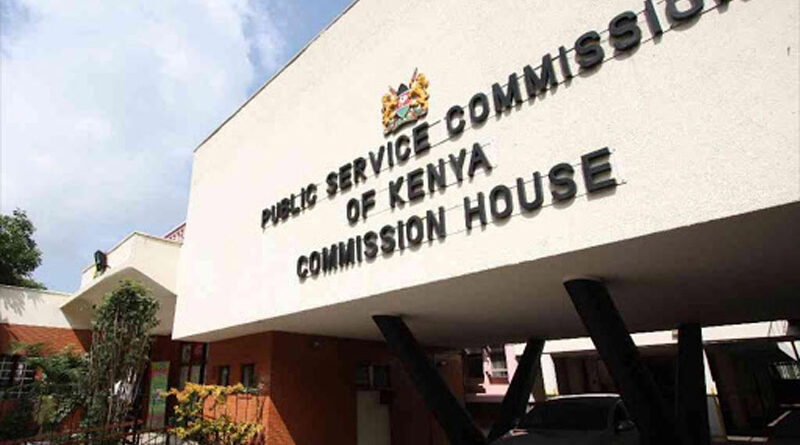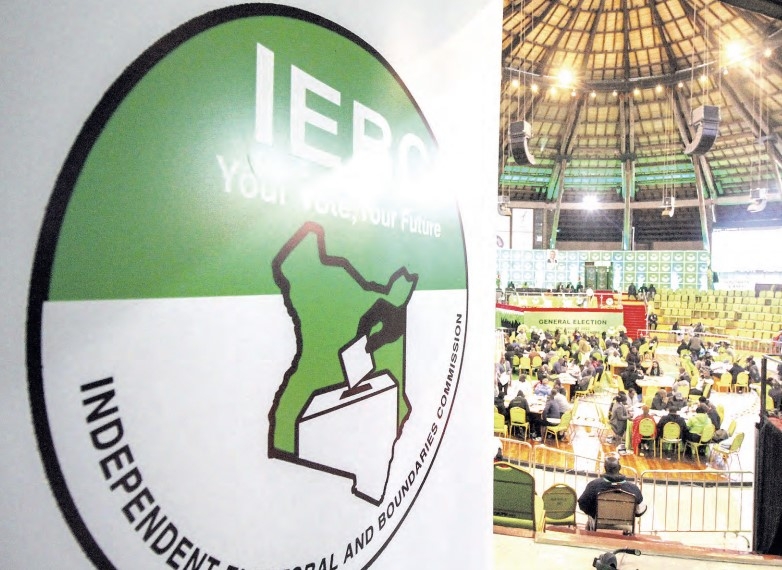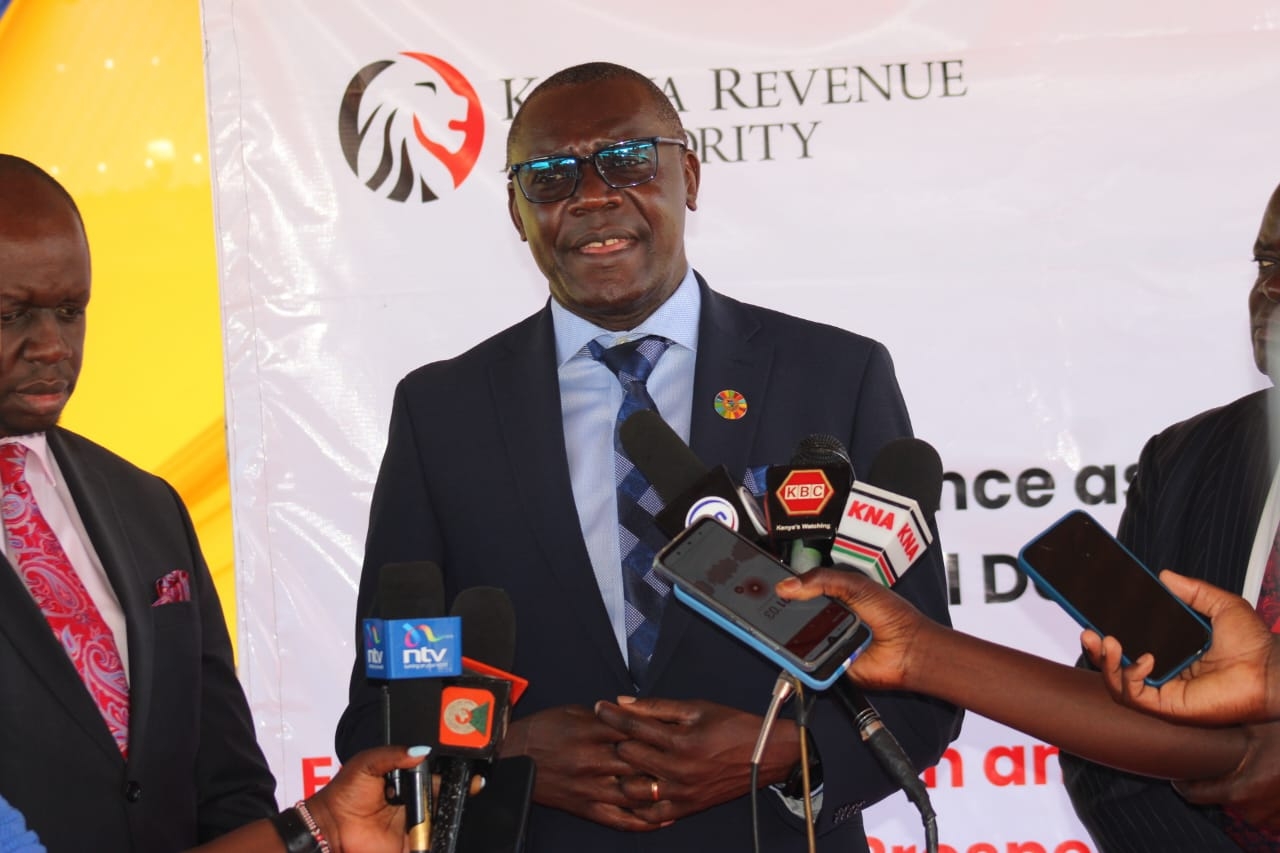Kenya’s banking industry has evolved steadily since Independence, although not without notable headwinds.
In the 1980s and 1990s, many banks experienced high rates of non-performing loans and in some cases the situation snowballed so that some banks went into receivership.
There were myriad other factors that contributed to the increase in non-performing loan portfolios but most notable was political interference. In these cases, individuals in high echelons borrowed substantial amounts of money but could not repay on schedule or, worse still, had no intention of paying back.
In the course of doing business, bank loan officers would personally interview prospective borrowers.
A decision to grant a loan, or not, would be based on the officers’ appraisal, past relationship with the customer or introduction of a new customer by an existing customer. With bank management's approval.
This personal manual system meant that decisions were based on the hunch and sixth sense of bank officials. The loan appraisal system has since evolved over the years with digitisation of systems. Today, modern techniques of data analytics and artificial intelligence are employed.
Given the disparate nature of the banking business in those days, a customer could take loans from multiple institutions and later face challenges servicing the loans concurrently. Hence, they defaulted on some or all of the loans.
Other defaulting customers took advantage of the information asymmetry that obtained in the banking sector where individual banks would not have information about a customer’s liabilities other than their own.
Due to the principle of banking confidentiality, staff from different banks who knew one another would only share customer information in hushed tones and in unofficial capacities. Hence, the information obtained would not be actionable.
The dearth of information sharing bred pathological defaulters who revelled in taking loans from multiple institutions and failed to service the loans.
This state of affairs, multiple unpaid obligations, could only come to the fore if such customers faced litigation for bankruptcy or other pecuniary matters resulting in their financial commitments becoming public.
It was against this backdrop that in 2008, the banking sector mooted the Banking Regulations 2008. Its aim was to develop a mechanism of sharing credit information on borrowers across all the lending institutions.
The development saw the emergence of credit references bureaus licensed by the Central Bank of Kenya.
Currently, there are three, TransUnion CRB, Creditinfo CRB and Metropol CRB.
The intention of this framework was to strengthen credit risk management in financial institutions. It aimed to ensue processing of loans based on authentic and verifiable data evidenced by a borrower’s credit history, not on a whimsical basis as in the past.
With a positive repayment history shared across the CRB platform, customers were to benefit in terms of negotiating for better terms such as lower cost of credit, flexible repayment schedules and other preferential terms.
The timing and importance of a synchronised database of credit information on bank customers cannot be overemphasised.
It is for this reason that one can access a loan facility from the comfort of their home on a mobile phone. Through artificial intelligence, individual bank systems can authenticate the identity and appraise and approve credit to individuals instantaneously.
In this way, a large cross-section of the populace is able to virtually access banking services without necessarily having to visit a brick-and-mortar branch.
According to Credit Reference Bureau Regulations 2020, CRBs receive information from financial institutions that are licensed by the Central Bank of Kenya. including commercial banks, micro-finance banks, deposit taking SACCOs and mortgage finance institutions.
Similarly, CRBs receive credit information from third party credit information providers such as non-deposit taking SACCOs, insurance service providers, trading companies and others.
The information provided must be of good quality, authentic, verifiable and customer-focused.
CRBs simply play the role of intermediation of credit information so that individual borrowers and lending institutions can access the information when they need it.
In the beginning, information provided and shared was mostly negative, meaning an individual or institution had defaulted on servicing their loan(s) for a continuous period of more than 90 days.
However, in 2013, CRB regulations were revised and full file information, including positive information, was required to be shared.
When someone does not have a negative listing on their credit report, CRBs issue a clearance certificate, meaning one has not defaulted on loan repayment or they have no loan facility at all.
A credit status certificate is issued where one has defaulted and therefore has a negative listing or had defaulted but is now servicing the loan. The services are chargeable with one free report per year.
Customers use credit information for loan application, tendering processes, job applications, account opening et cetera.
On the other hand, lenders require such information to appraise potential borrowers for decision making on new lending.
Users of CRB information, especially banks and prospective employers, frown upon negative listing. Oftentimes, a customer will not qualify for new credit and will be referred to clear their debt with the institution owed.
Similarly, individuals have lost job opportunities based on negative listing, which is taken to be deficiency in integrity.
The original intention of credit information sharing was to assign scores based on the credit history of customers. In this way, their risk profiles would then dictate their eligibility level, or otherwise, for credit.
It would not be a complete lock-out as is the case today.
Defaulting may have been occasioned by unavoidable reasons such as loss of employment, hence, a case-by-case consideration should apply.
Also, customers should be cleared by their bankers, not credit reference bureaus that are only conveyor belts of credit information received from financial institutions and other third-party credit information providers.
With the President’s intervention and suggestion CRBs should adopt the scoring method, it is actually the lending institutions that should now correctly interpret, use and apply the information collated by CRBs.
A vox pop done recently by a media house and even newspaper reports showed that people were celebrating that more than four million Kenyans will be removed from CRBs by November this year.
One wonders under what framework such a move will take place because changing one’s listing from negative to positive ought to happen automatically when one clears their indebtedness.
So, who will clear the debts of those four million Kenyans to various institutions?
Sensitisation needs to be done so people do not misconstrue that their responsibility for debts taken can just be waived by fiat.
However, the position that one remains in CRB records for seven years from the date of listing, even after clearing the debt, must be reviewed.
Dr Patrick Dan Mukhongo holds a PhD in Project Management and comments on topical issues
(Edited by V. Graham)















